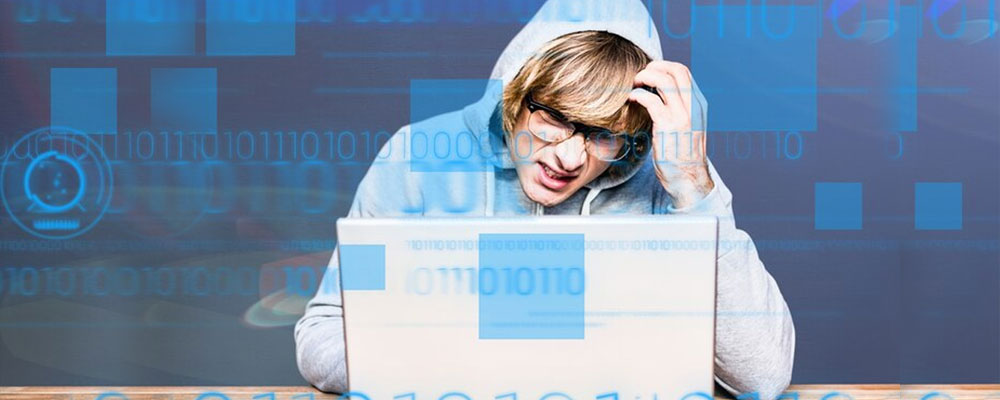It is vital that businesses take steps to protect their websites from cyber threats. As more companies move their operations online, a secure and protected website is essential for ensuring the security of customer data, preventing malicious user interference, and protecting the integrity of your business’s online presence. The following tips will help you make sure that your website is safe and secure from potential cyber threats.
Regularly Update Your Website
One of the most important steps in securing your website is staying up-to-date with any available software updates. Many cyberthreats are specifically designed to exploit outdated software; by making sure that all versions of your website software (including plugins, applications, etc.) are kept up-to-date, you can drastically reduce the likelihood of exploitation by malware or hackers. Additionally, it’s important to ensure that all server components (like operating system) are regularly updated as well.
Invest in Security Software
Investing in quality security software is an important step for any website owner or operator looking to keep their site secure from cyberthreats. Security software helps protect against malicious users or programs attempting to access sensitive data on your website by blocking unauthorized access attempts. Additionally, many security programs also offer additional features such as anti-malware protection and periodic scans to detect potential vulnerabilities in the system before they can be exploited.
Use Strong Passwords
Weak passwords are one of the most common points of entry for hackers – so it’s important that administrators maintain strong passwords on any account associated with a website (for example FTP accounts). Passwords should contain at least eight characters and include a combination of lowercase letters, uppercase letters, numbers and symbols; additionally, passwords should never be reused across multiple sites or services – instead create unique passwords for each account associated with a website. Finally, consider using a password manager such as LastPass or KeePassXC which can securely store encrypted credentials for multiple accounts on different websites and services.
Use Strong Firewalls
A strong firewall is essential in order to defend your website against malicious attackers. Look for firewalls that offer advanced features such as intrusion detection and prevention, content filtering, and anti-virus protection. Make sure all your web servers are protected with a firewall solution that will monitor for suspicious activities so you can stay one step ahead of any potential attackers.
Keep Software Up-to-Date
It’s crucial to keep software up-to-date on your website in order to reduce the risk of attack by malware and other malicious programs. Make sure all software is regularly updated with the latest security patches, including third party plugins, operating systems and browsers. Additionally, set up automated alerts so you can be notified every time there’s an update available for any installed software.
Implement HTTPS
Using HTTPS encryption helps protect sensitive data stored or transferred on your website from being intercepted by hackers. An SSL (Secure Sockets Layer) certificate indicates that the connection between your site and visitors’ browsers is encrypted – providing an extra layer of security for those visiting or interacting with your site.
Monitor Network Traffic
Monitoring network traffic allows you to quickly detect any attempts at unauthorized access or suspicious activity being directed towards your website. Invest in quality monitoring tools that can spot unusual activity such as unusually high numbers of requests coming from a single source or increased logins/attempted logins from foreign IP addresses. If you notice anything out of the ordinary, take immediate action by blocking the IP address responsible and implementing further security measures where necessary.
Educate Employees
Finally, it’s important to make sure everyone in the organization understands how to identify potential security risks and follow best practices when working online. Regularly remind employees about safe online practices such as not clicking on links sent via email or text message from unknown sources and avoiding public networks when accessing confidential data – helping ensure total protection against cyber threats both within and outside the office walls
Visit https://quiits.com/software-development-company-in-uk/ for more details.




